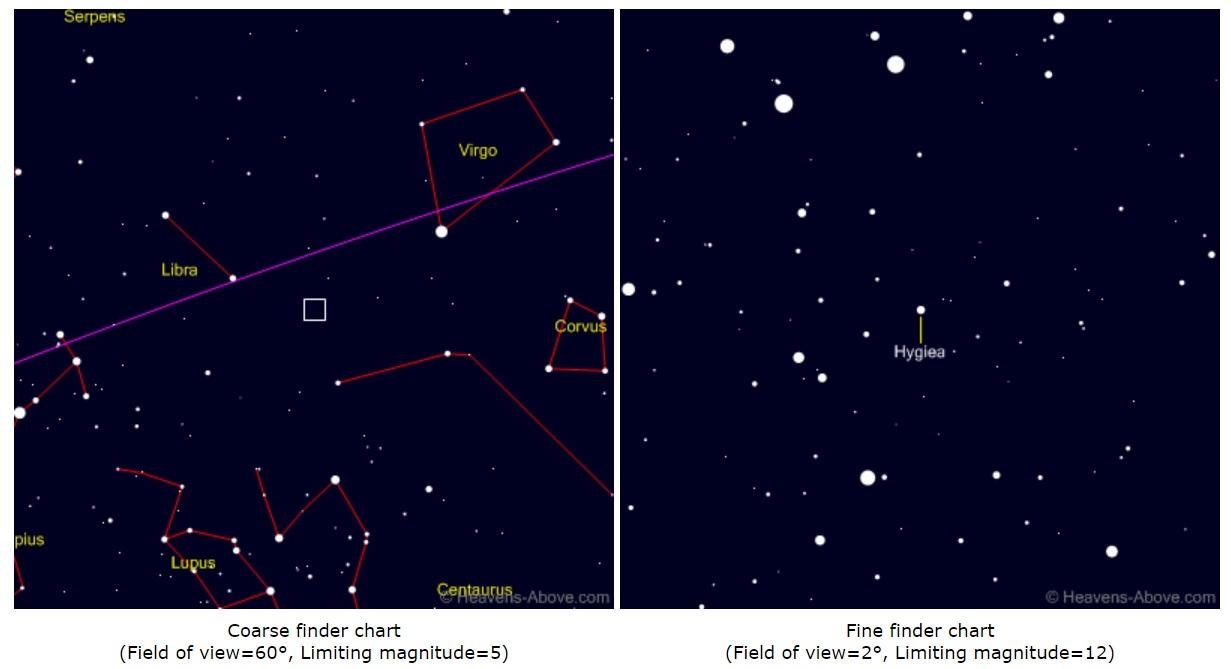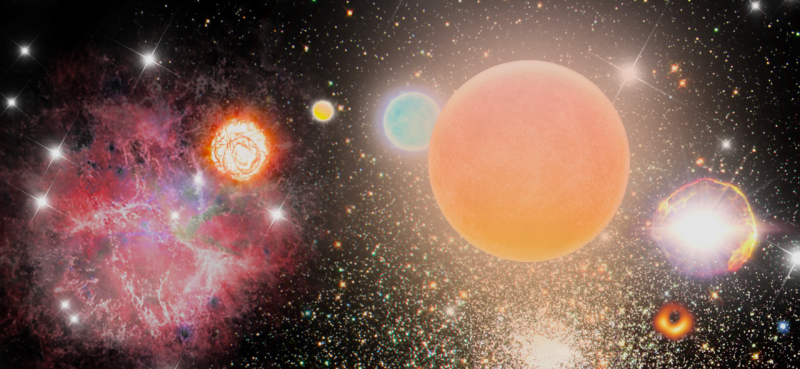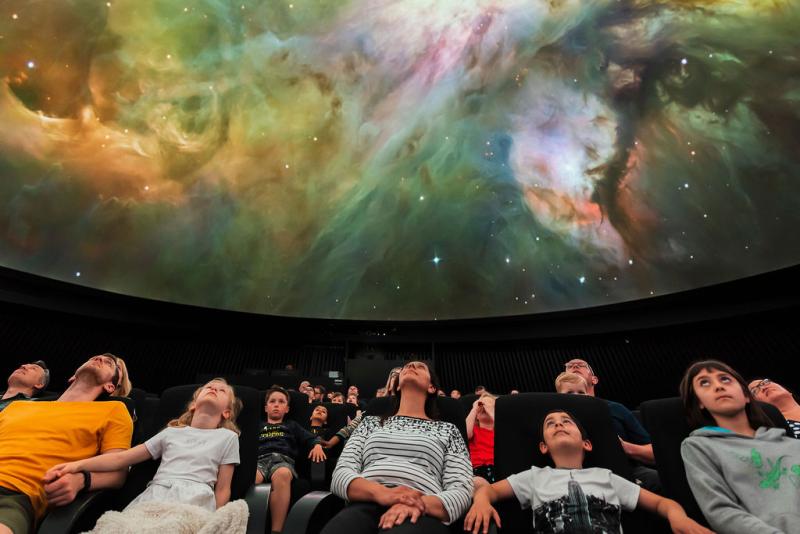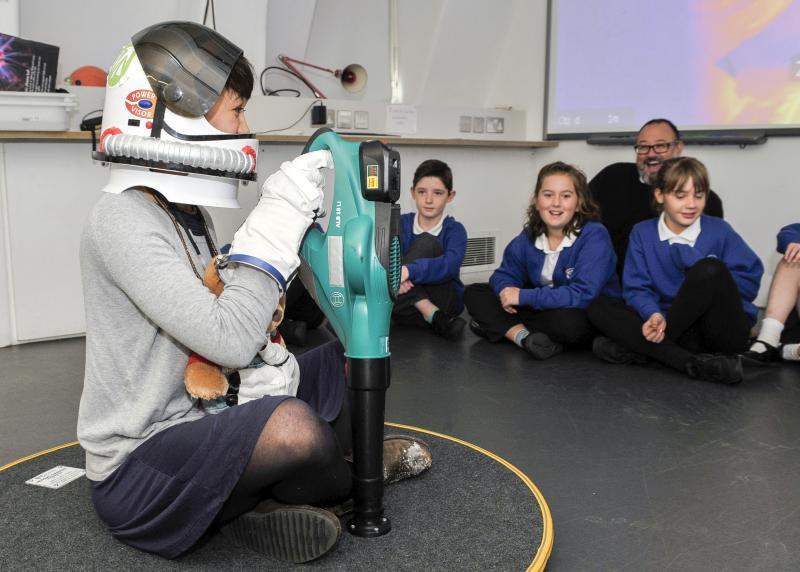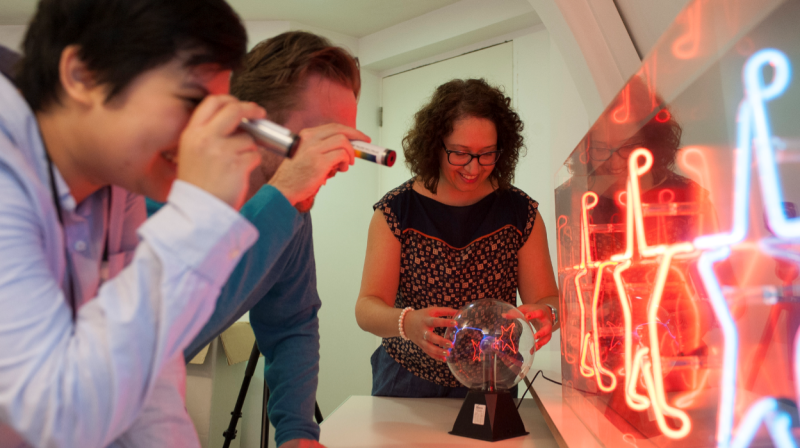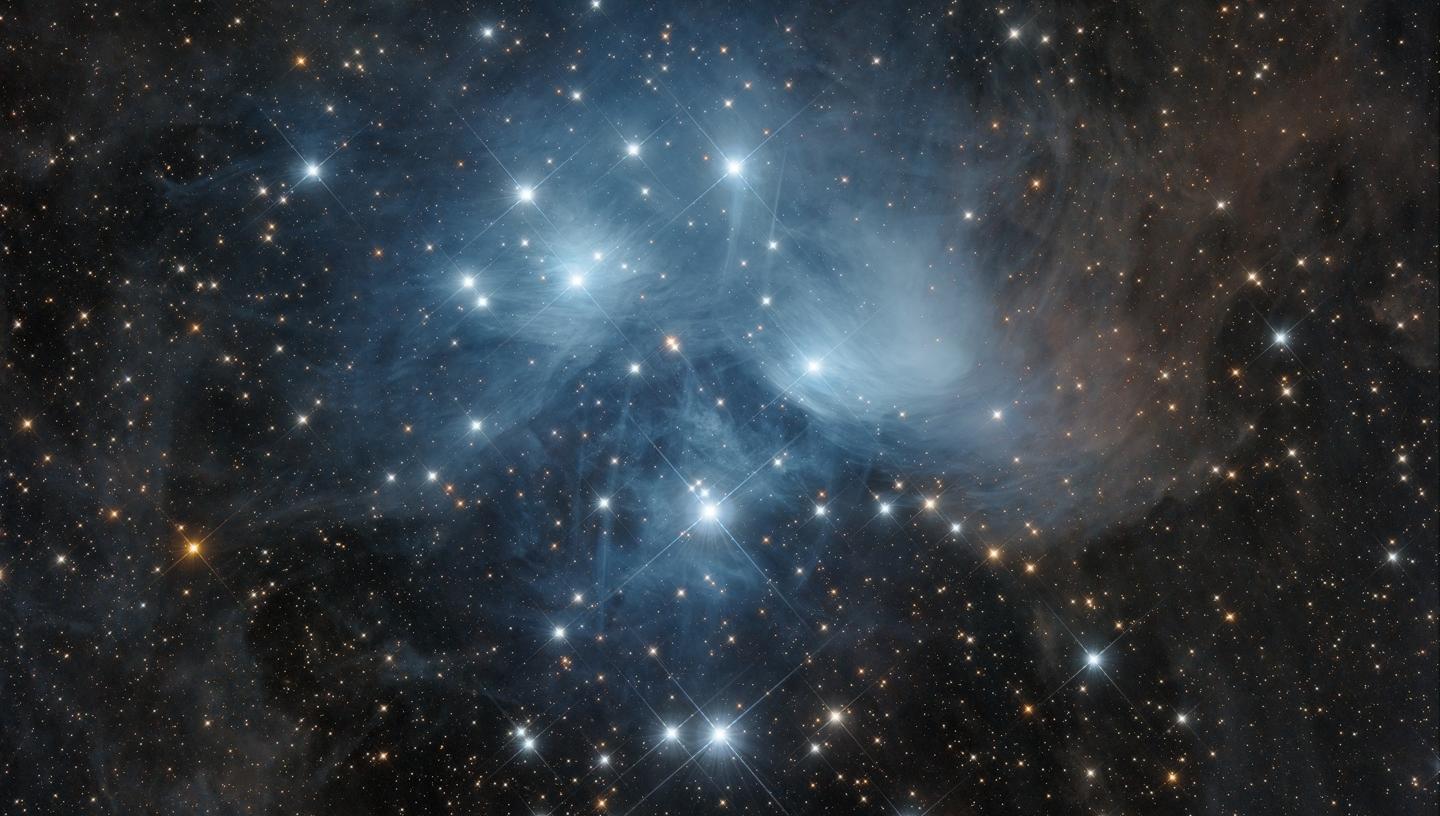
Discover what to see in the night sky in April 2022, including the Lyrid meteor shower and a galaxy duo
Top 3 things to see in the night sky in April
- Throughout the month - Venus is up in the early morning sky
- 22/23 April - Keep your eyes open - it's the peak of the Lyrid meteor shower
- 29 April - Up for a challenge? Try and spot asteroid Hygiea
(Details given are for London and may vary for other parts of the UK)
Look Up! Podcast
Subscribe and listen to the Royal Observatory Greenwich's podcast Look Up! As well as taking you through what to see in the night sky each month, Royal Observatory Greenwich astronomers pick a topic to talk about.
For April they are paying tribute to Eugene Parker, the pioneer of heliophysics, and they're talking about the first image taken by the James Webb Space Telescope. Have a listen below, then vote for your favourite story from this episode on our Twitter poll (@ROGAstronomers) during the first week of April.
Our podcast is available on iTunes and SoundCloud
Astronomy in April 2022: key events and what to see
Throughout the month: Venus, the 'Morning Star'
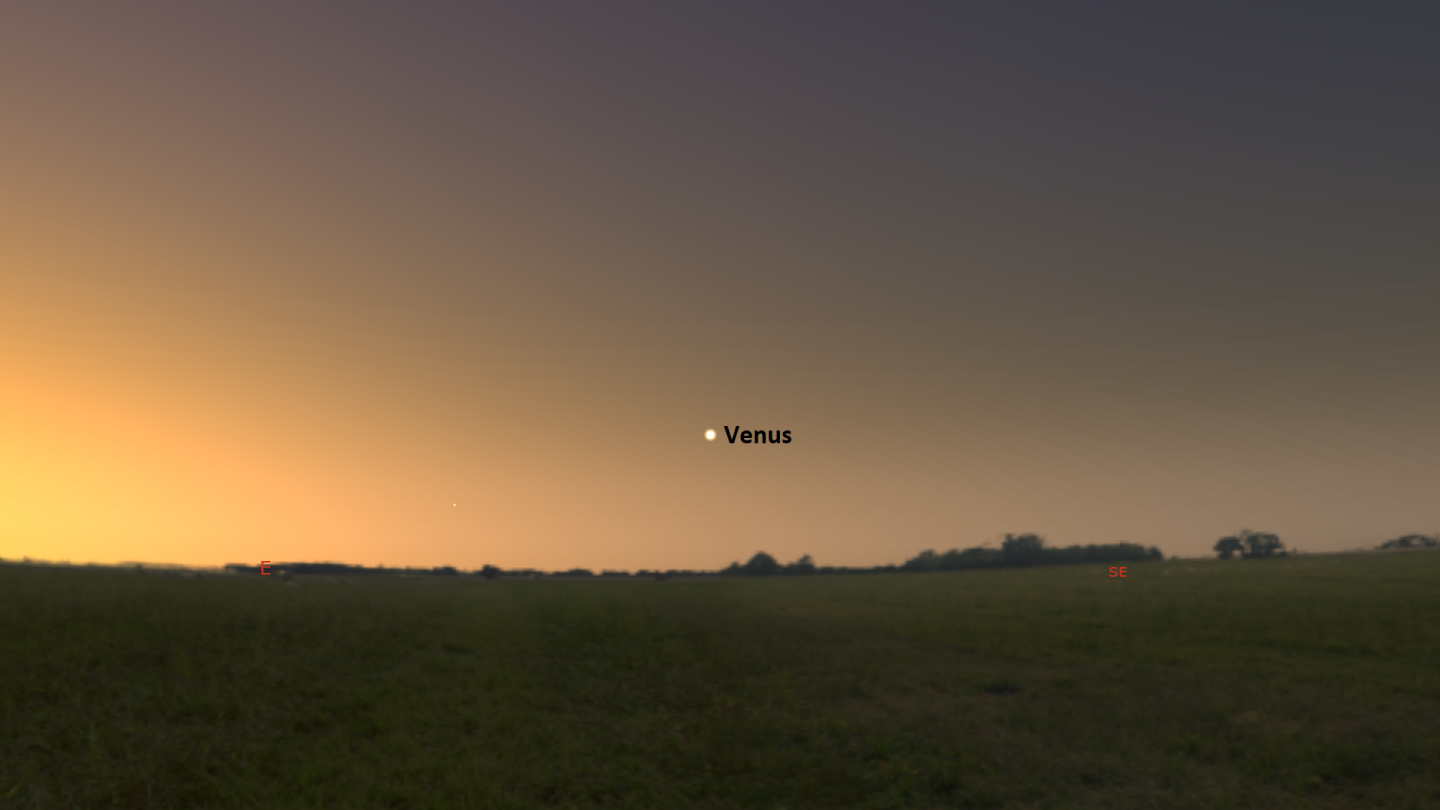
Throughout most of this year, Venus will take on its role as ‘the Morning Star’, becoming brightly visible in the early mornings above the south-eastern horizon. This month Venus is best viewed before sunrise between 5 and 6am, appearing as a bright star to the naked eye. So be sure to get your day off to a great start with a hot drink and a greeting from one of our closest celestial neighbours. As an added bonus, if you keep an eye on Venus during the month, you’ll spot another bright object heading towards it – that bright object is the gas giant Jupiter. On the morning of April 30th the two planets will lie alongside each other in the morning sky.
1 April: Spot a pair of galaxies
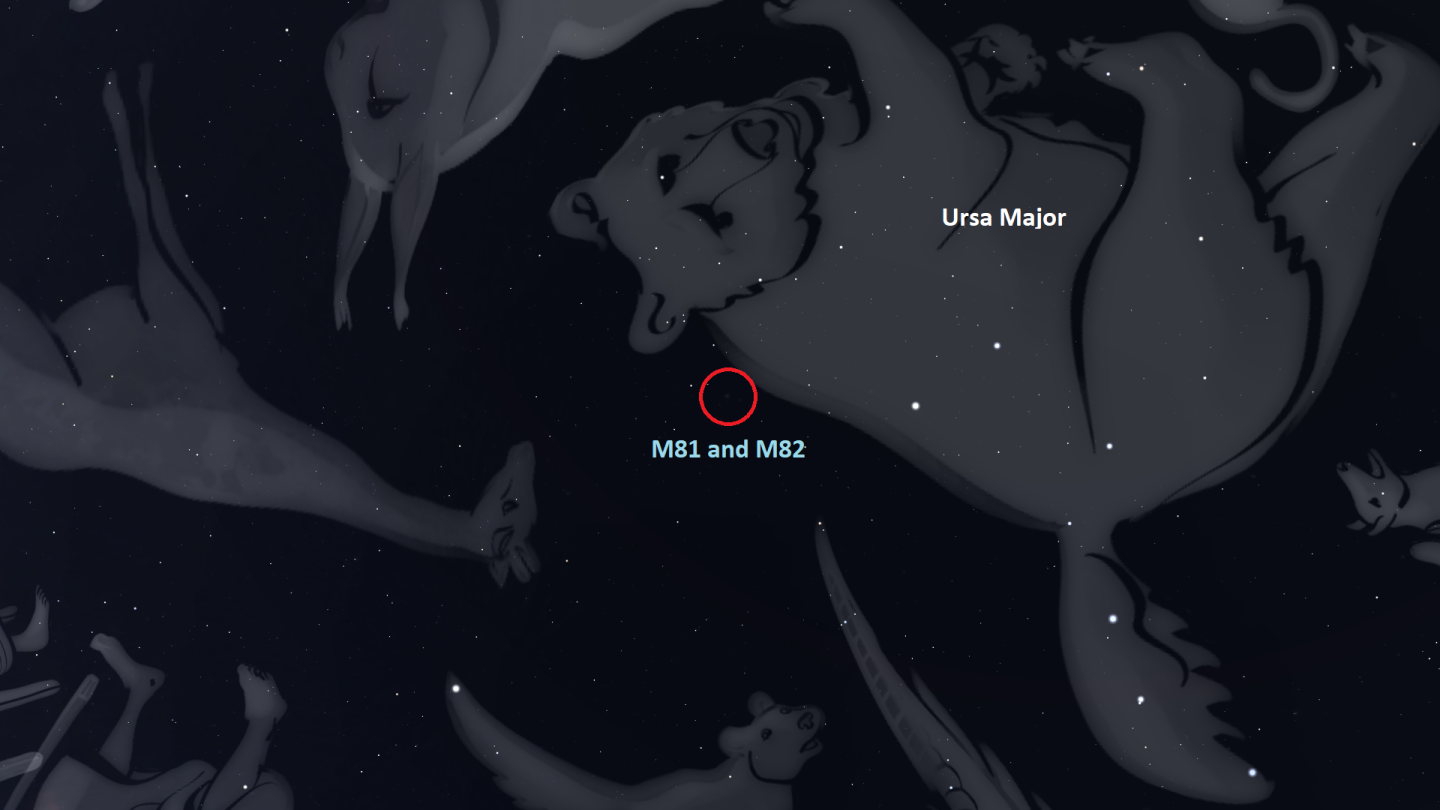
We begin the month of April with the new moon phase on the 1st, making the start of the month the best time to view fainter deep-sky objects without the glare of the Moon. The galaxies M81 and M82, better known as Bode’s Galaxy and the Cigar Galaxy, lie close to one another in the constellation of Ursa Major, both sitting just beneath the head of the upside-down bear. As a two-for-one package, both of these galaxies can be observed in the same field of view through a small telescope.
M81, or Bode’s Galaxy, is a stunning spiral galaxy with well-defined spiral arms. Its companion in the sky M82 is an odd misshapen galaxy. At first glance, it resembles a long cigar being engulfed in a puff of smoke, hence earning its nickname as the Cigar Galaxy. Both M81 and M82 lie around 12 million light-years from the Earth. The two are neighbouring galaxies, with M81’s strong gravitational field tugging on M82, distorting its shape. One of the side effects of this interaction is an increase in M82’s star formation rate, almost tenfold when compared to an average galaxy. Hence, M82 is appropriately known as a starburst galaxy.
22/23 April: It's the peak of the Lyrid meteor shower
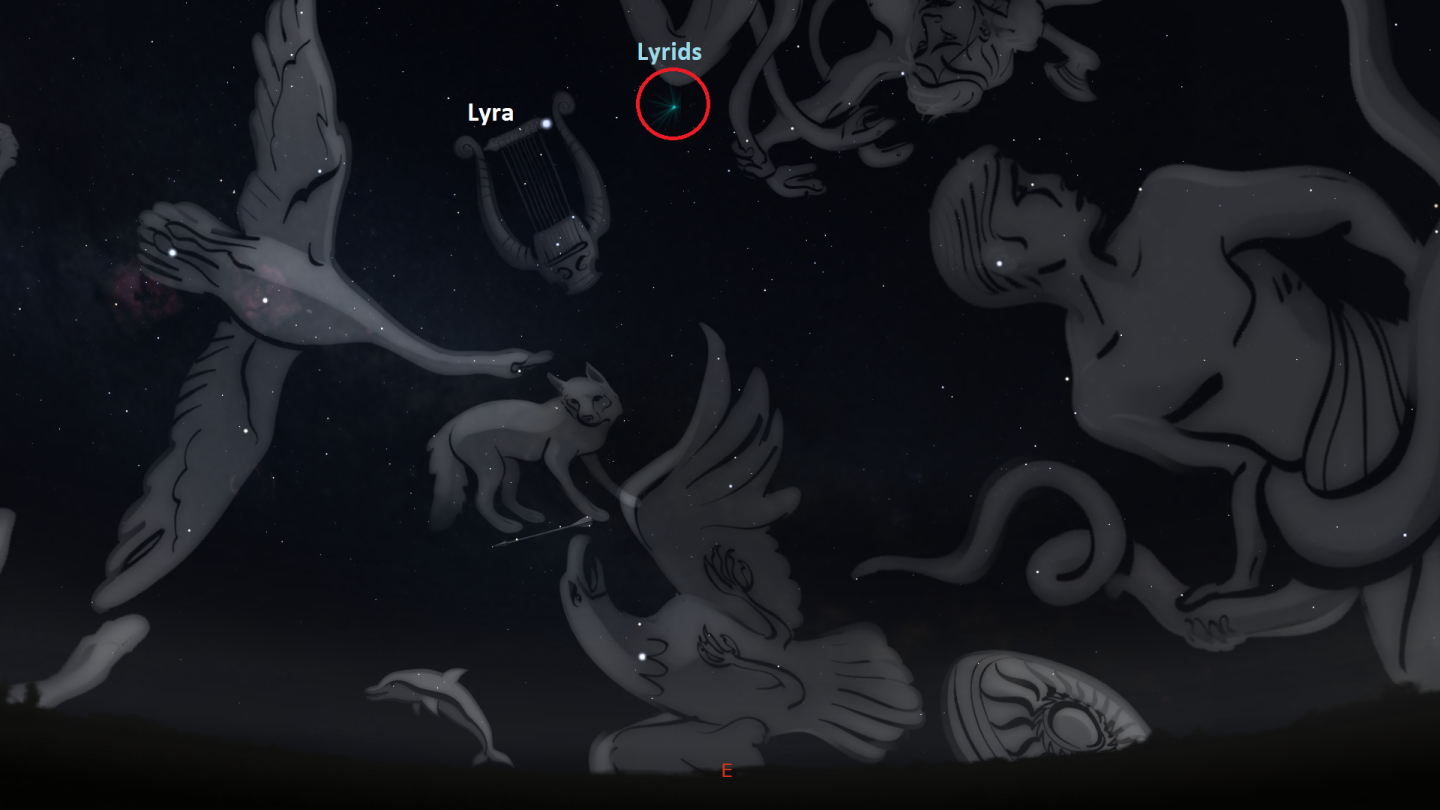
The second half of April presents us with the Lyrid meteor shower, a flurry of meteors emanating from the constellation of Lyra. Meteors are small chunks of debris left in the wake of certain celestial objects, like asteroids or comets. When the Earth passes through this trail of material, it scoops up a number of these pieces which fall into the atmosphere. As these small chunks zip through the sky they burn up, projecting bright streaks of light across the sky, known by many as shooting stars.
The Lyrids will be active from the 14th up until the 30th, reaching their peak on the night the 22nd. The best way to view the meteor shower is to head out to a dark site with an unobstructed view of the sky and look towards to the south; the shower will be emanating from the constellation of Lyra, but the streaks will spread outwards across the sky, so facing to the south should be enough to see one for yourself. You won’t need any kind of specialist equipment, just warm clothes and maybe a hot flask of tea. At their peak, we can expect to see up to 18 shooting stars per hour.
29 April: See if you can find asteroid Hygiea
For those who like a challenge, on the 29th of this month the asteroid Hygiea will be at opposition, making its closest approach to the point in the sky directly opposite to the Sun in the night sky. This is the point where it will appear highest and brightest, but it still won’t be easy to find.
At the very least, it will require a 4-inch telescope, good viewing conditions and a clear horizon, as it won’t rise more than 19 degrees above the southern horizon. If you’re up to the challenge, look to the southern sky between Libra and Virgo at local midnight on the 29th to try and spot this elusive space rock.
Southern Hemisphere: A cluster of stellar jewels
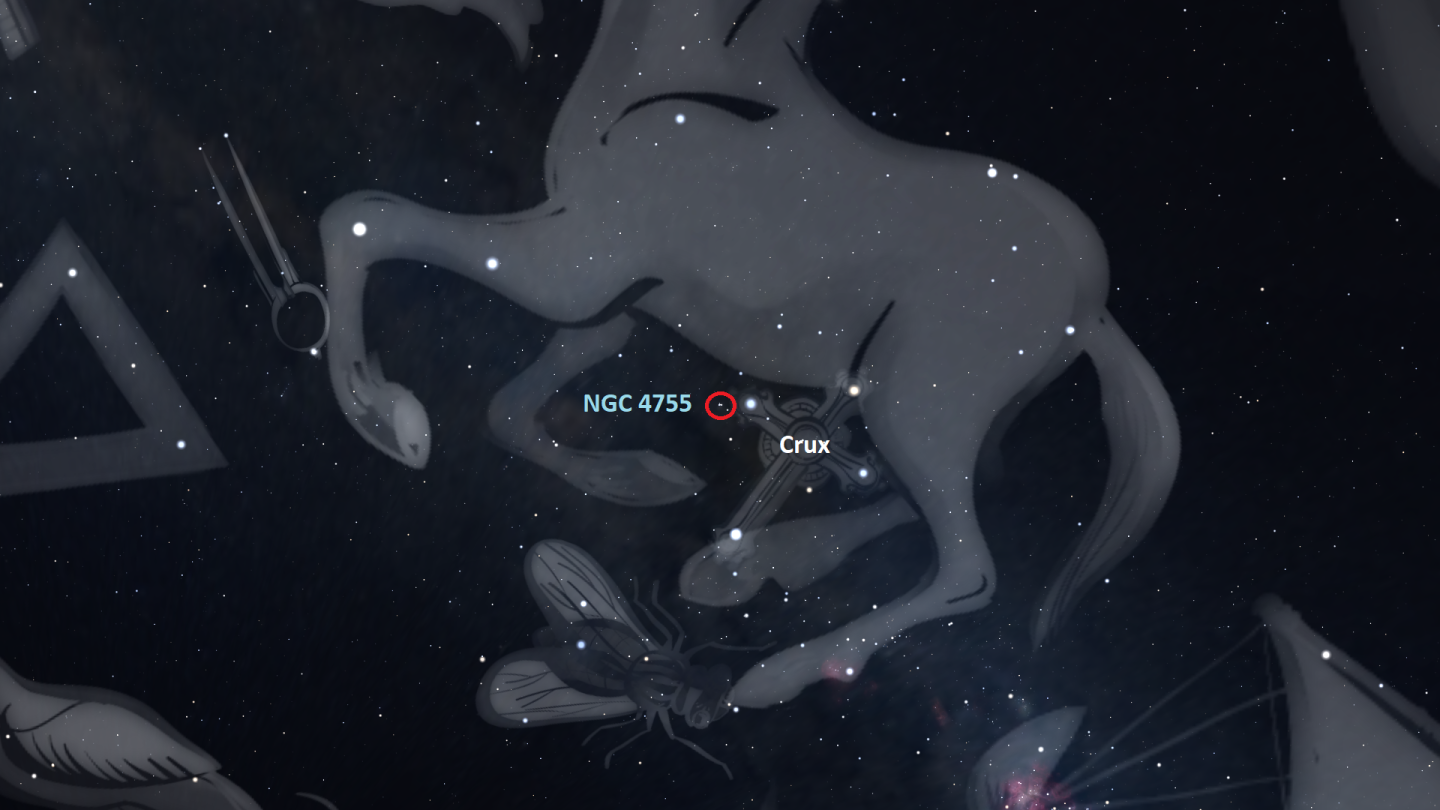
For those in the Southern Hemisphere, feast your eyes upon NGC 4755, an open star cluster more commonly known as the Jewel Box. This collection of loosely-bound stars can be found in the constellation of Crux, reaching its highest point in the sky around midnight local time.
It will be visible to the naked eye as a fuzzy smudge in the sky, but through a pair of binoculars its true form is revealed as a cluster of colourful stars resembling what John Herschel once described as “a superb piece of fancy jewellery”. Its central part is comprised of around a dozen bright blue stars making up an A-shaped asterism, with the bright red supergiant star DU Crucis at its very centre. This open star cluster is best viewed at the start of the month, when the Moon is still fairly new.
The Moon's phases this month
- 1 April: new moon (7:25 am)
- 9 April: first quarter (7:48 am)
- 16 April: full moon (7:55 pm)
- 23 April: last quarter (12:56 pm)
- 30 April: new moon (9:28 pm)
If you're a fan of the Moon, then see the winning and shortlisted images in the 'Our Moon' category of the 2021 Astronomy Photographer of the Year competition, all featured in a new exhibition at the National Maritime Museum.
Stargazing Tips
- When looking at faint objects such as stars, nebulae, the Milky Way and other galaxies it is important to allow your eyes to adapt to the dark – so that you can achieve better night vision.
- Allow 15 minutes for your eyes to become sensitive in the dark and remember not to look at your mobile phone or any other bright device when stargazing.
- If you're using a star app on your phone, switch on the red night vision mode.
See our range of observing equipment
Share your pictures
This month's banner image is 'M45' by Richard Sweeney. It is one of the shortlisted images from the 2021 Astronomy Photographer of the Year competition.
Do you have any images of the night sky? If so, why not share your photos via our Royal Observatory Astrophotography Facebook group.
You can also connect with us via Twitter: @ROGAstronomers
Planetarium Shows
Join us for live planetarium shows
Royal Observatory Greenwich YouTube Channel
Subscribe to our YouTube channel and join us on a journey through time and space as we explore our Universe. You'll find a selection of videos on our channel, including our Observatory Online video series in which our astronomers explore different topics in astronomy and space exploration.
Resources for teachers and students
The Royal Observatory Greenwich's learning team has also created:
- Free animated videos that answer the biggest questions in astronomy and free resources to go alongside them.
- A whole host of podcasts featuring interviews with real space scientists, astronauts and active researchers working in UK universities.
- A 'learning at home' hub which contains a suite of resources for you to use at home.
